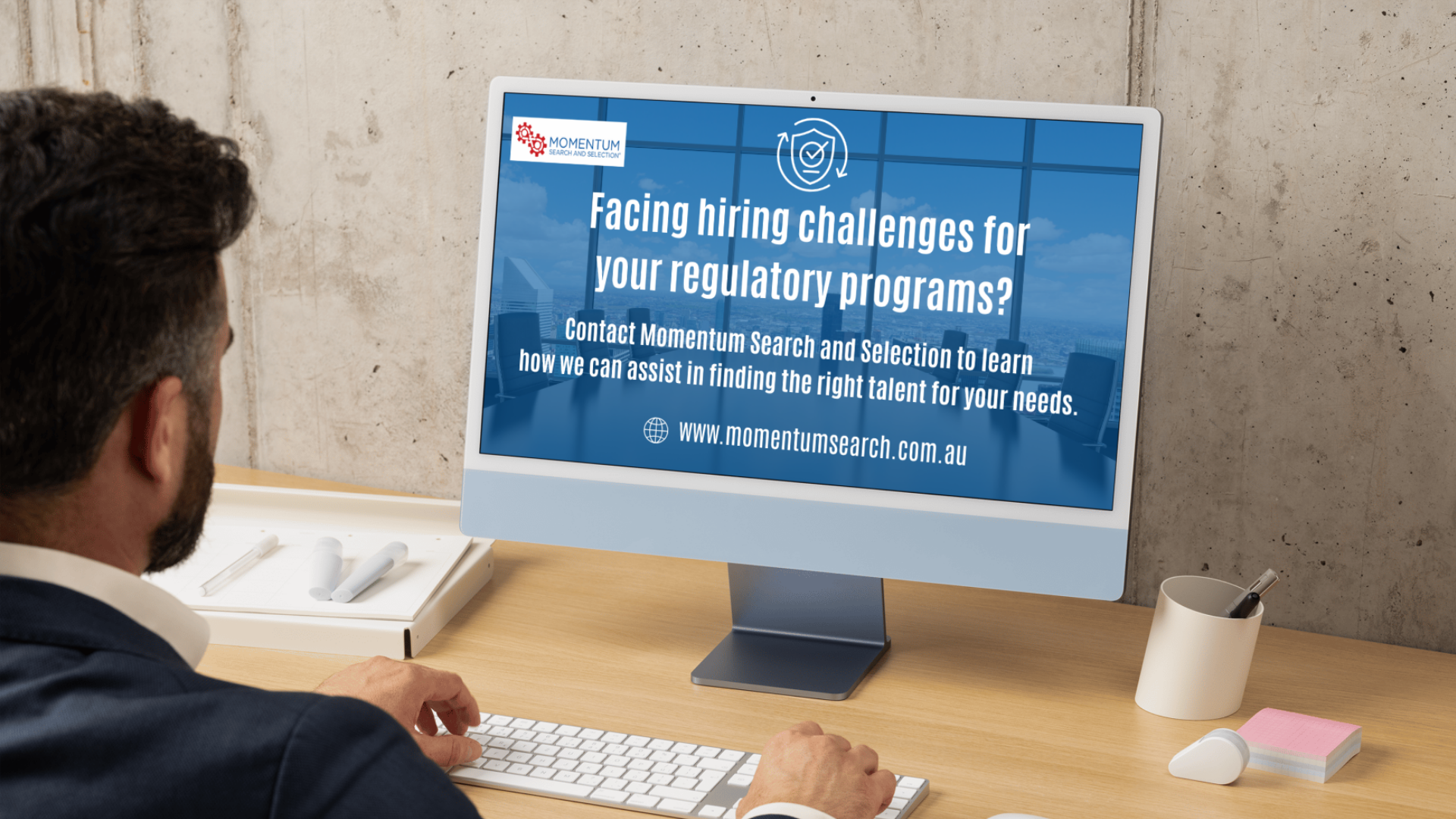Alan Herrity | March 23, 2021

By Alan Herrity | March 23, 2021 | agile
At Momentum Search, our regular Virtual Round Tables bring expert advice and know-how to senior management and executives across Australia.
In an always-on, hyper-connected digital world, with a constant expectation of real-time engagement, businesses need to change the way they work, inside and out right down to their data. So, how do we get our businesses (and the data within them) ready for this transformation?
THE CONTEXT
Our most recent guest speaker, Simon Belousoff is an executive leader with significant experience from senior roles within the digital, customer marketing/experience and enterprise digital and data transformation spaces. During his virtual round table, Simon shared how businesses should and can rearrange their data architectures and approaches to effectively keep up with the modern consumer. After all, contemporary business strategy is moving away from regimented techniques and towards a customer experience vision of individual interaction and personalised “happy customer experiences” on a mass scale.
On top of that, there’s also an expanding ‘channel universe’; the digital that is “physical” and “people” assisted. This is omni-channel in scope whereby digital doesn’t just mean one thing and instead, the timeline of this interaction varies constantly, stopping and starting at different times, where the consumer can dip in and out, whenever they feel like it.
THE PROBLEM
Where strategic business decisions are data driven, we need to transform our approach to contemporary best practice. So how do we get set up to do that at scale?
THE SOLUTIONS
– The anti-perfect approach
We need to update our data strategy so that it’s fit for purpose. To enable this contemporary experience-driven vision requires a different approach to data. Historically, our approach to data is structured, perfect, reactive and controlled with manual interventions, sitting within a “compliance-reporting” paradigm. To change this we need to rebalance priorities with an evolved and fit-for-purpose “experience” paradigm. This will be timely, unstructured, usable, proactive, connected, democratised, machine-automated and focussed on actual journeys and interactions. Really, we should be championing usability and data that is “good enough” over “perfect” as we move further into a world that is much more pre-emptive.
– Evolving technical data architecture
All of this change is supported by our evolving technical data architecture. What was once a siloed spaghetti tangle structure with all tech points reliant on each other, causing technological debt is now progressing to a much more connected and future-ready hub-and-spoke model. This is more robust and designed for the always-on world. Additionally, you are able to make better decisions about infrastructure that can sustain this operating model appropriately.
– Evolving business data architecture
We are also moving from a world of variable “channel governance” with security and privacy built in from the start covering every touchpoint. Privacy regulations across the world are changing, with a bigger emphasis on customer ownership of data, meaning consistent frameworks are crucial. We’re moving away from fragmented resourcing, capabilities being centred around platforms and channels, to more of an integrated community of resources, where you can balance your resources to better suit the business outcomes that you’re driving towards. In short, this all means focussing on the bigger picture, instead of channel-centric management.
– Re-building your data foundations
To put it simply, data needs to be part of the foundational capabilities to deliver end-to-end, always-on experiences at scale.
When we’re driving towards machine learning and AI, you need automated, connected feedback loops for the automated learning that supports your portfolio of AI. What becomes really important is how the customer responses tune the rightness of your predictive modelling. This means that you are able to move beyond a “thumbs up, that’s great”, to more varied “good/bad/neutral” responses that can act as a signal to power more pre-emptive modelling that can be fed back in so that AI capabilities can learn how to get it ever more “right”.
Also, if you want to move into adaptive learning, you aren’t just looking for a single, improved data component, but rather a rich portfolio of predictive models so the AI can learn as quickly as possible. While many believe a data lake is sufficient here, while a data lake should be part of your data platform, it by itself is not enough. It’s also increasingly emphasised to have the capability to include the enterprise interaction history in your customer analytical record, as this allows you to more effectively map individual customer journeys at scale to enable the customer experience vision at the core of your digital transformation.
To find out more about Simon’s techniques to transform and modernise your data, download the full presentation via the link below.










